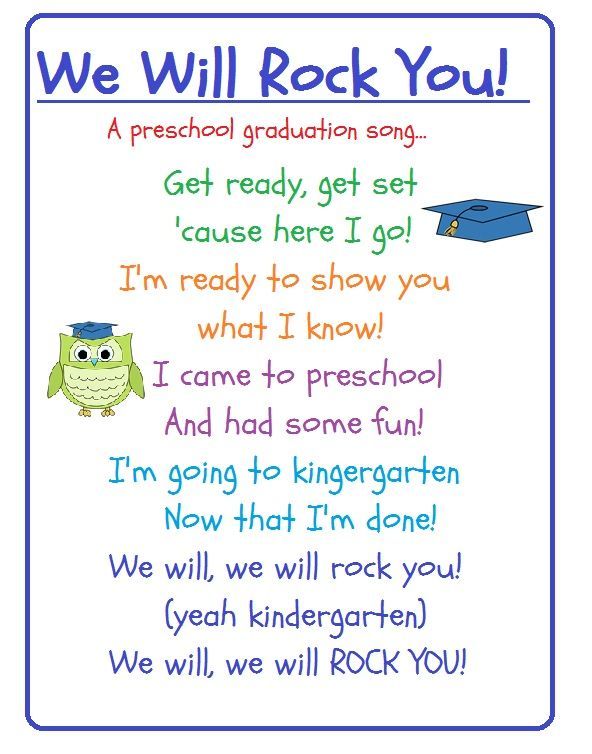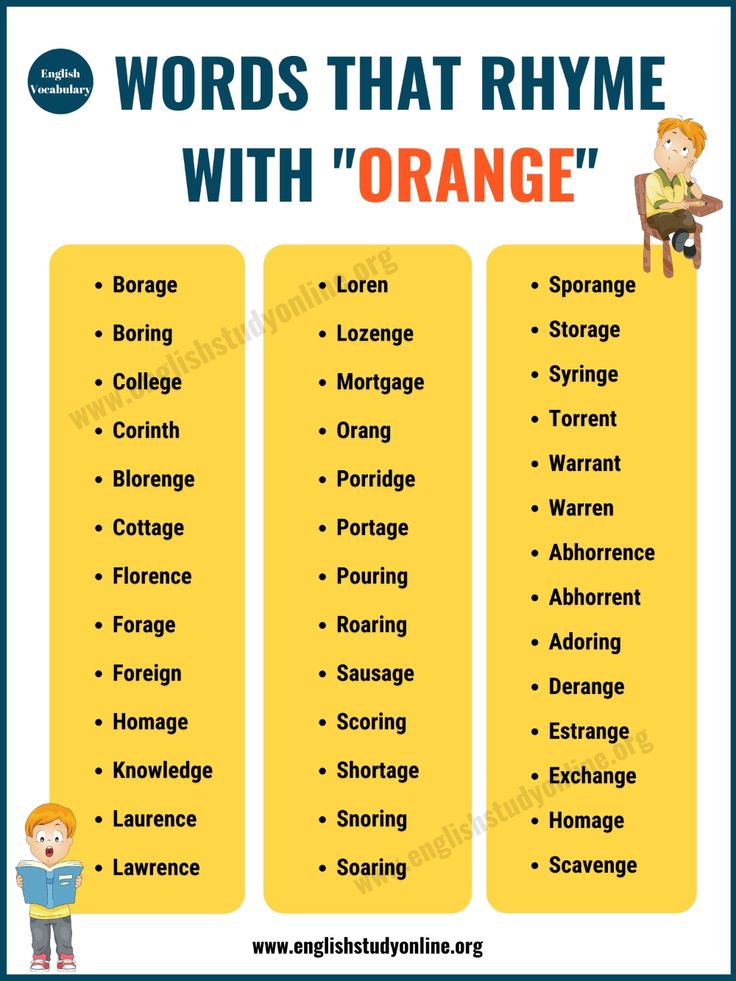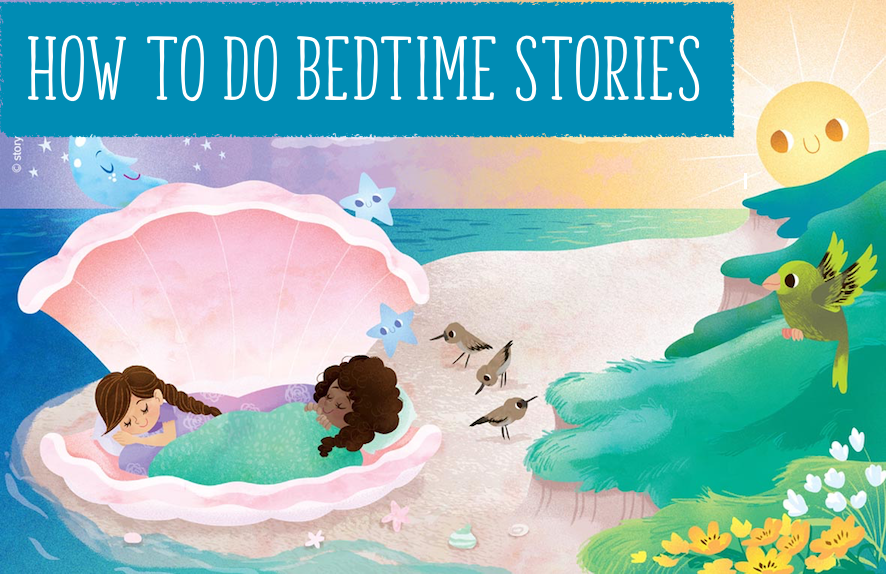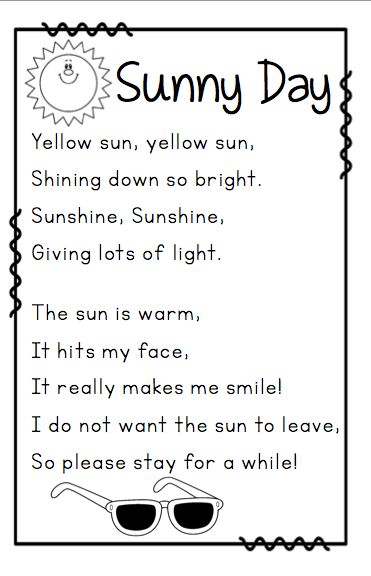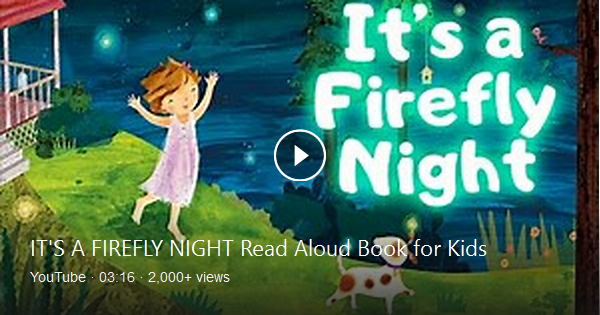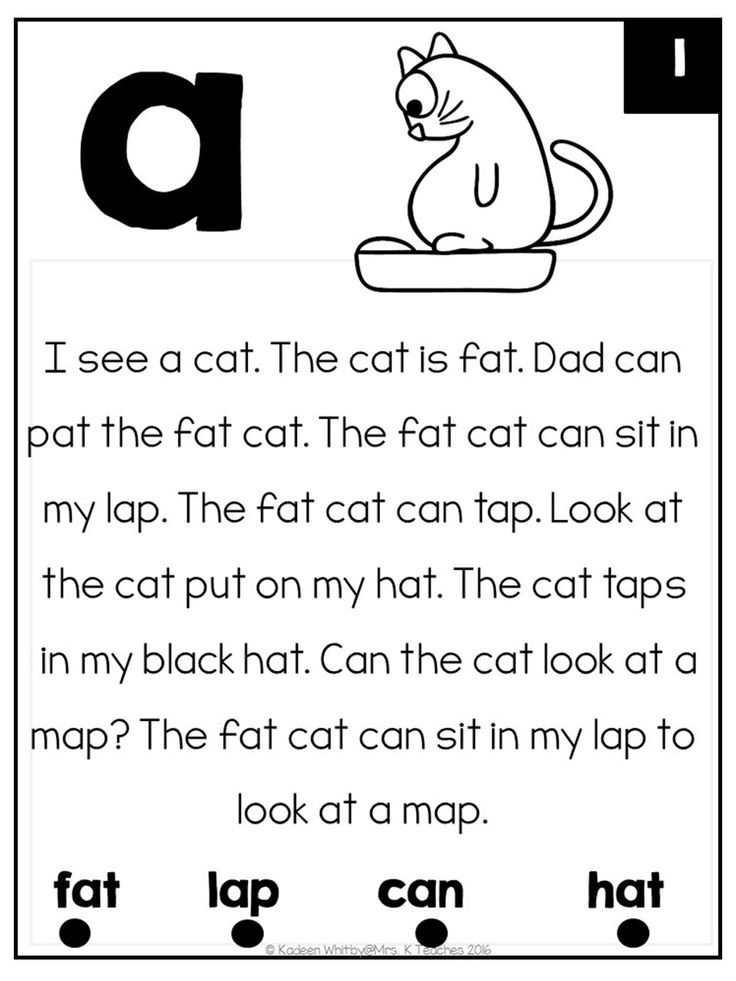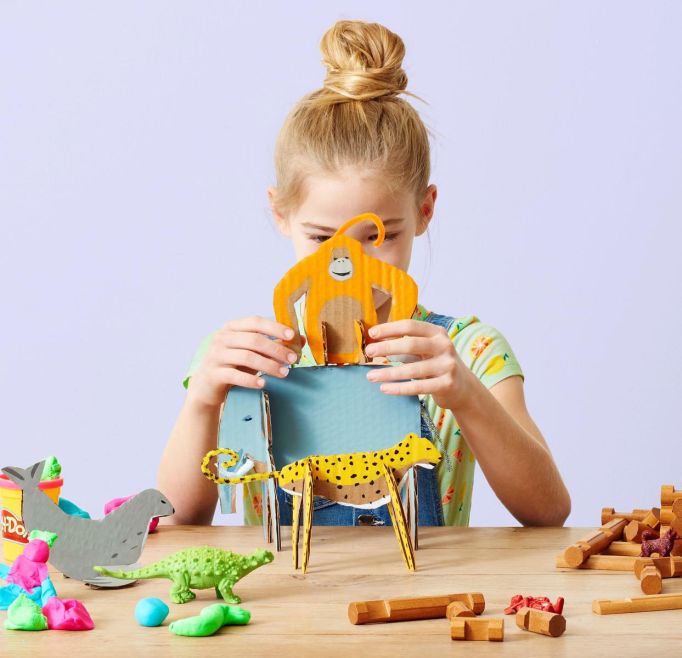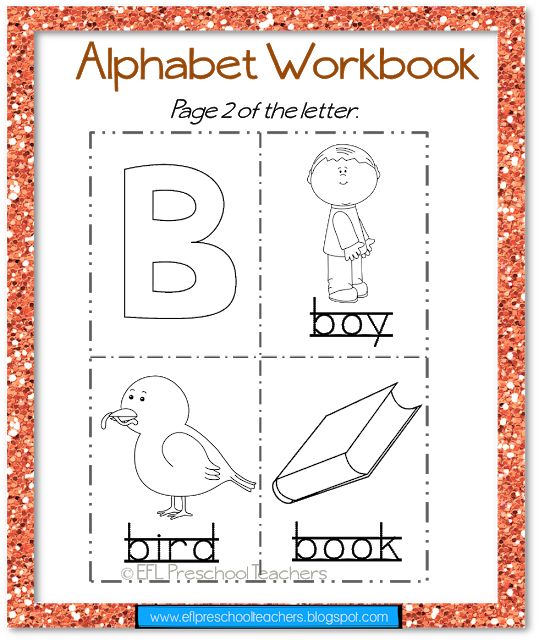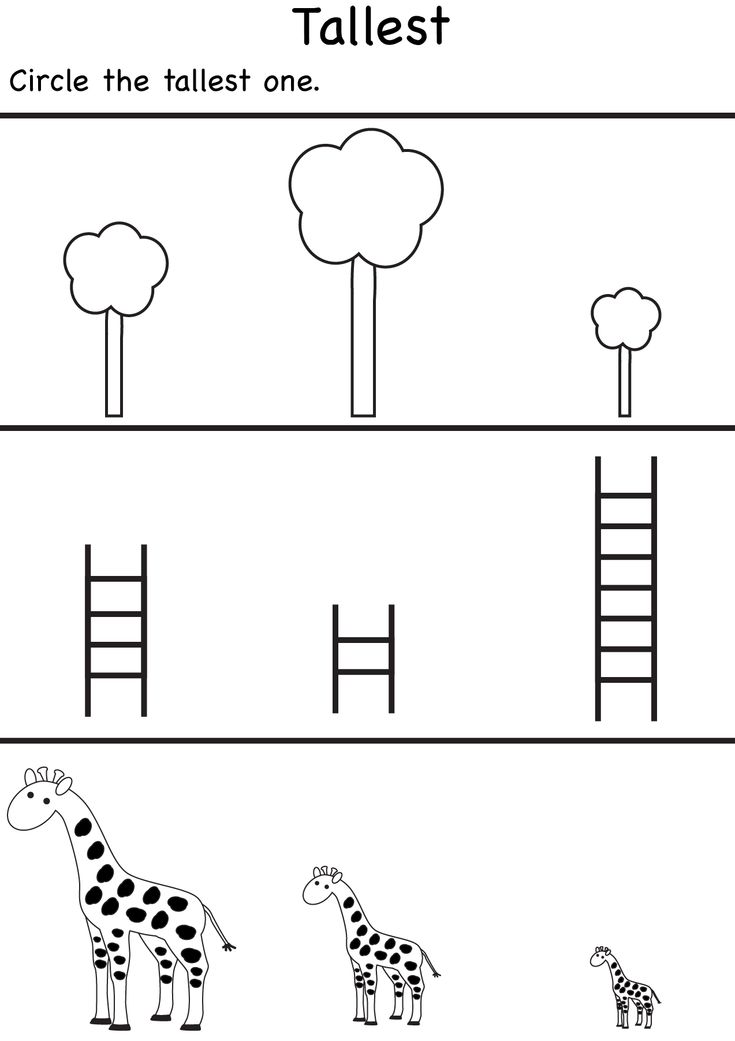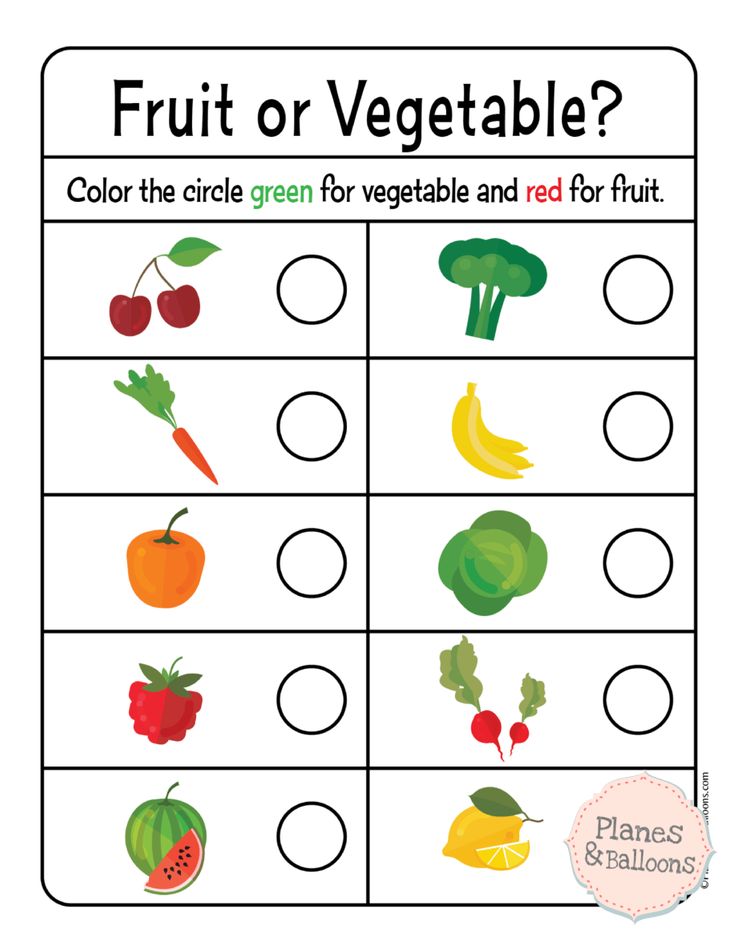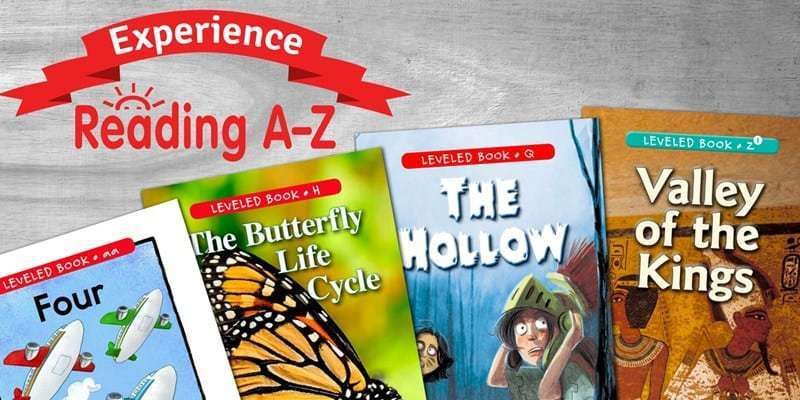Preschool reading readiness
Top Skills For Kids To Master
Every day you watch your child get a little bit more capable and a little bit more interested in exploring reading. But you may find yourself wondering whether or not it’s the “right” time to begin working on reading readiness.
We’re here to explain what reading readiness is and let you know what to look for and how you can help your child get excited about their reading journey!
What Is Reading Readiness?
Reading readiness is defined by two unique parts.
First, reading readiness refers to the stage of development when your child is ready to begin learning how to read. This stage will come at different times for different kids.
Your child may be ready to learn to read by age four or five. It’s just as likely that they’ll take a bit longer and feel ready around age six or seven. There’s no rush!
The second part of reading readiness involves the time it takes someone to evolve from a non-reader to a reader. Think of it as how long it takes your child to get from point A (learning about texts and books for the first time) to point B (reading fluently on their own).
Measuring your child’s reading readiness is not meant to be a race. The length of time it takes them to graduate from a non-reader to a reader isn’t scored.
It’s only a matter of understanding their level of readiness so you can help them on their way!
Reading Readiness Vs. Emergent Literacy
You may hear reading readiness linked with emergent literacy. Although they’re not quite the same thing, there is a bit of overlap and the two terms are not mutually exclusive.
While reading readiness focuses on specific pre-reading skills, emergent literacy is what we think of as a child’s increasing interest in learning about letters, books, and words. You usually won’t have one without the other!
Additionally, reading readiness encompasses more than just pre-reading literacy skills. It includes emotional, physical, and cognitive development as well. It’s a holistic consideration of your child’s preparedness for a lifelong love of reading!
Why Is Reading Readiness Important?
Early exposure to reading is highly correlated with a child’s ability to read well in the future.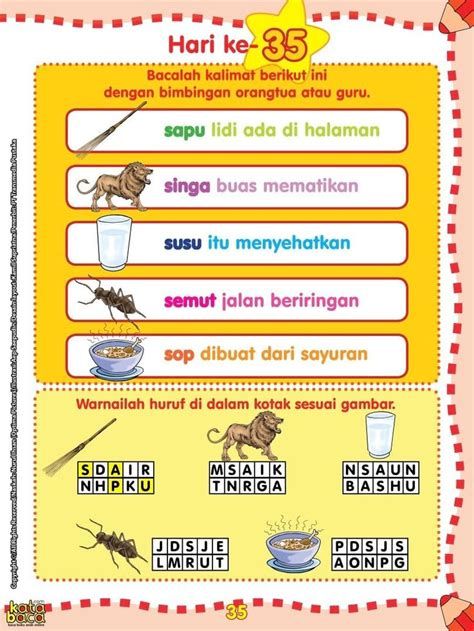 By forming early experiences with books and positive feelings (that’s where you come in!), your child may discover a love of reading.
By forming early experiences with books and positive feelings (that’s where you come in!), your child may discover a love of reading.
Beyond forming a positive relationship with reading, reading readiness also advances social, emotional, physical, and cognitive development.
You can see those skills develop when children learn:
- How to share and take turns while reading
- To understand their role in the world and how stories might relate to them
- How to support their bodies when reading
- To refine fine motor skills used in writing and page-turning
- How to distinguish between letters, shapes, and sounds
Reading readiness is about reading, but it’s also about so much more! That’s what makes it an important part of your child’s learning adventure.
Indicators Of Reading Readiness
These six indicators will help you determine the extent of your child’s reading readiness.
A Desire To Read
Your child is interested in listening to stories and books.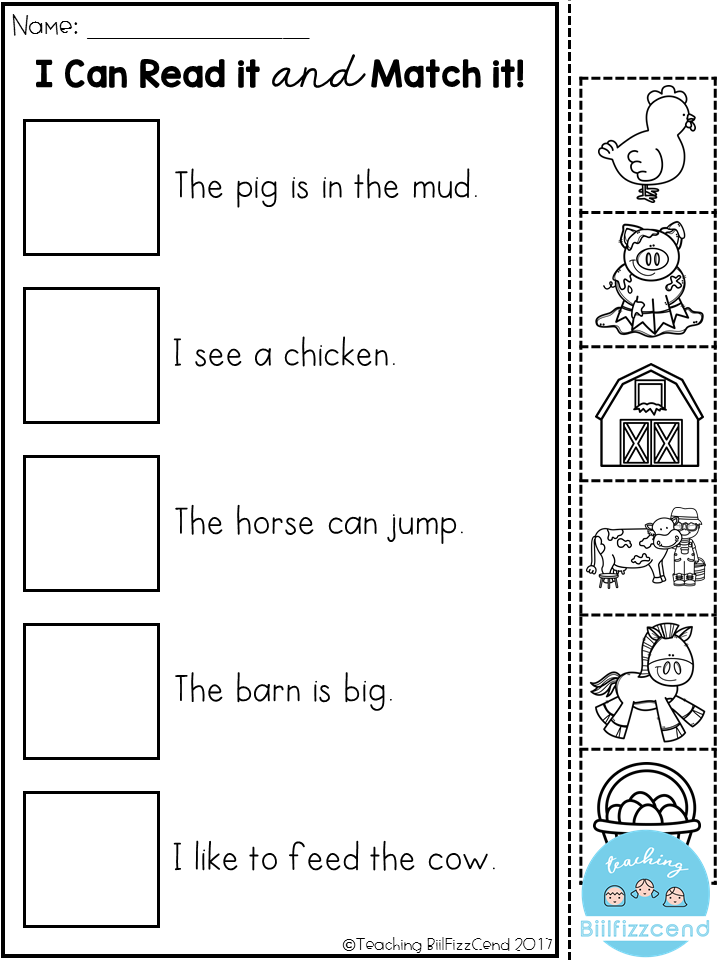 They may ask you to read to them at any point in the day, whether it’s a book, a sign, or a poster they saw on the street.
They may ask you to read to them at any point in the day, whether it’s a book, a sign, or a poster they saw on the street.
They may also make up stories of their own or enthusiastically recount the events of a school day during dinner.
While reading together, they may want to take turns with you and pretend to read a page. They may also memorize the favorite parts of different stories and “read” them with you.
Print And Book Awareness
Print and book awareness deals with a child’s knowledge of handling written text and books. Markers of print and book awareness include a few different elements.
Your child will understand how to hold books and how to turn pages from right to left. They’ll also understand that when reading, the text moves left to right and top to bottom.
They begin to notice that words are separated by spaces, which helps readers understand the beginning and end of a word. They may also notice that there are special symbols on the page: periods, exclamation points, and question marks.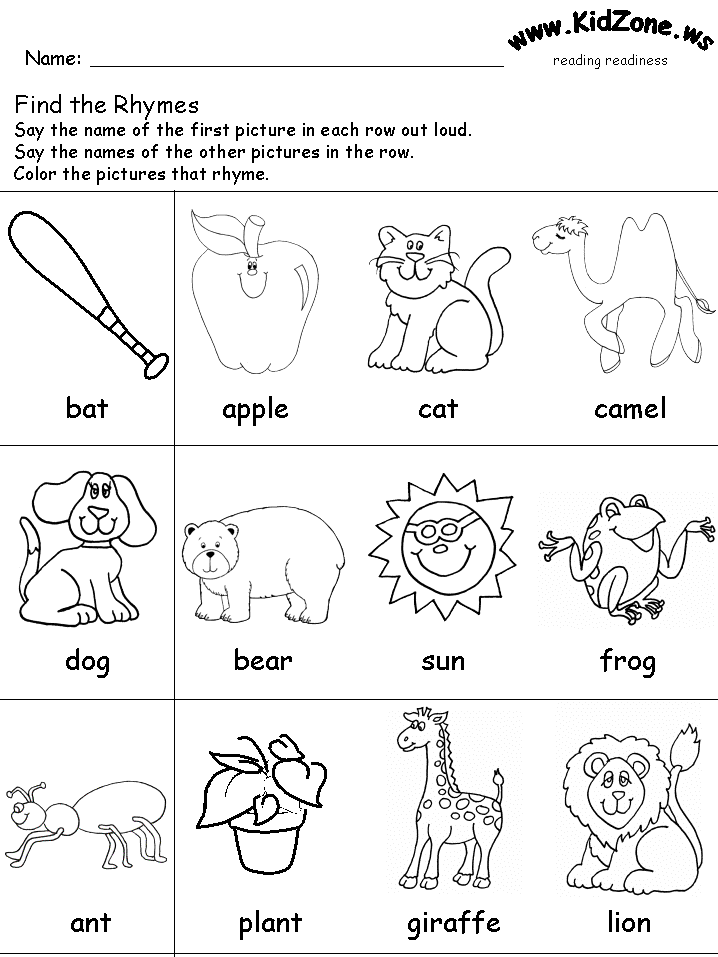
Your child will also understand that text has meaning. Written words have a decipherable pattern that they can learn to read. They can also use clues, like pictures, to understand sentences in a book.
Ideally, your child will also notice print in their environment and might be curious about what these things say.
Ability To Play With Rhyme
To play around with words, your child’s phonics skills should be developed enough to support rhyme and word games.
You can gauge your child’s readiness with this component by playing with them. Singing songs together, playing around with funny rhyme games, and working on their ABCs are all great!
A Firm Grasp On Letter-Sound Correspondence
The relationship between letters and sounds is one your child should be familiar with before launching into the next steps of learning to read. This relationship is what we call letter-sound correspondence.
They will understand that written letters have a matching sound, even if they can’t accurately match them all the time (don’t worry, they’ll get there!).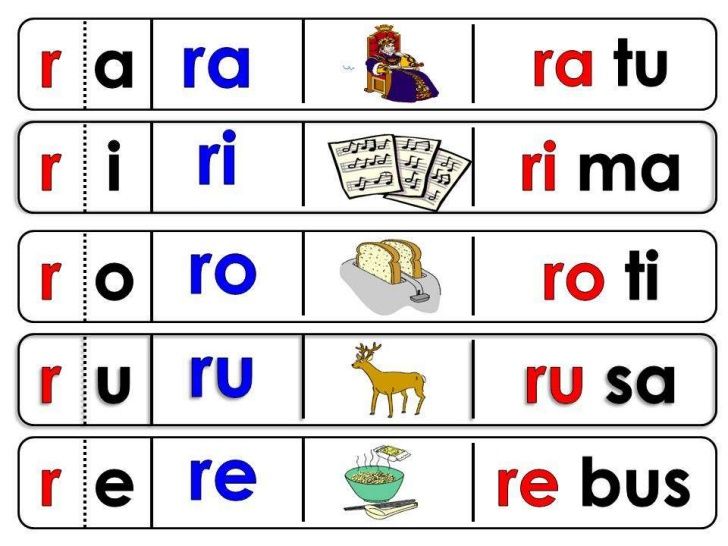 They at least understand the concept of the letter “k,” for example, having an associated sound.
They at least understand the concept of the letter “k,” for example, having an associated sound.
Ability To Retell Stories
After hearing someone tell a story or read a book, your child can talk about the events that happened in the story. They may pinpoint specific characters, feelings, or places — this will give you some insight into which details stuck out to them the most.
Your child might also talk about something they overheard from a classmate or summarize a book they read earlier that day with their teacher.
However it manifests, retelling stories is a great habit for your child to develop and will prepare them for the next step of their reading journey!
Repeating What You Read To Them
Similar to retelling stories, your child will understand how to echo what you read to them. This is an especially effective skill when your child tries to learn new vocabulary.
As your child’s reading readiness skills continue to grow, you can encourage them to echo short sentences back to you.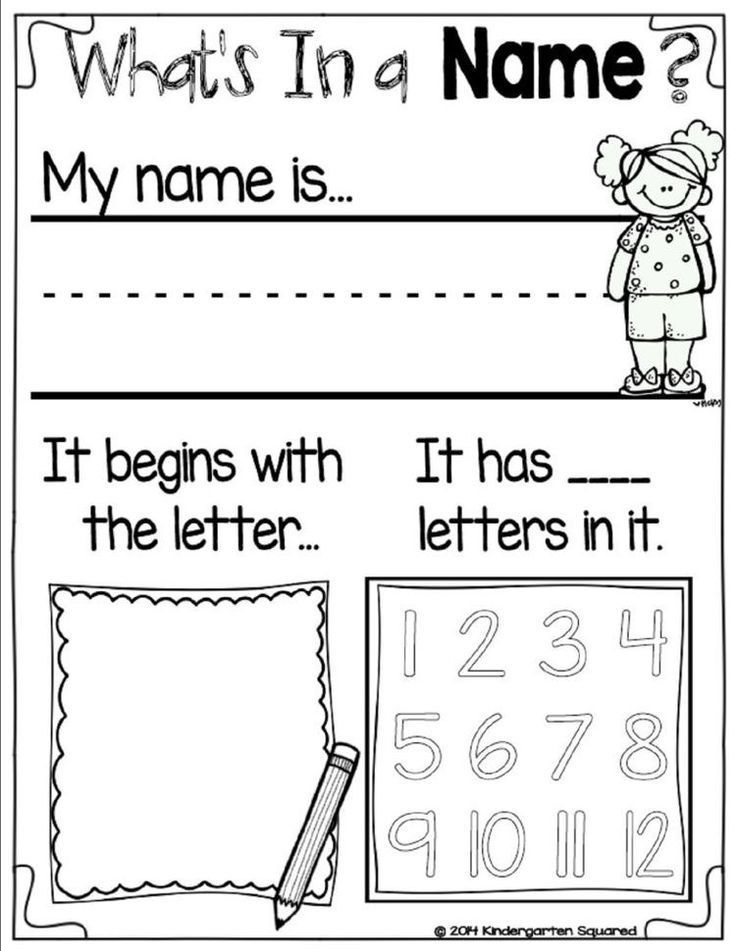 Longer, advanced sentences may be too difficult for them to complete at this point. Keep it simple!
Longer, advanced sentences may be too difficult for them to complete at this point. Keep it simple!
Writing Or Reading Their Name
One of the most exciting skills your child will learn early on in their reading readiness is how to read and write their own name. They’ll be so proud of themselves (and will probably want to write it on everything they own)!
Your child will be able to recognize their name when they read or spot it on an item, like a sheet of paper or a lunch box. They have an idea of how to properly write it as well and can identify at least a couple of correct letters that belong in their name.
For example, if your child’s name is Vivian, they may write out “Vvn” the first few times they give it a go. This is amazing progress! They can identify certain sounds and apply that knowledge to writing their name.
They may also try to write letters in other people’s names or scribble out stories to share their ideas. All of these things demonstrate a developing sense of letter recognition, as well as reading readiness.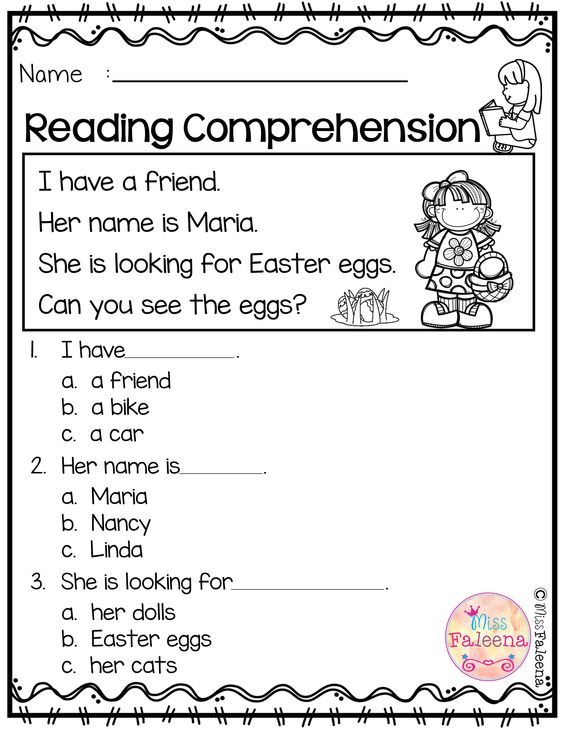
Tips For Engaging Reading Readiness
Keep Pressure Low And Encouragement High
Let your child guide you through their learning journey. Don’t be afraid to let them be the captain of their own ship.
Nurturing an interest in reading is a marathon, not a sprint. It may not happen overnight, and that’s OK! The best way to make reading fun and enticing for your child is by keeping stress levels down.
Cherish your reading time together!
Practice Rhyming
Rhyming engages your child’s phonological awareness, an essential skill under the umbrella of their reading readiness. Plus, we could always use another excuse to have a family-friendly sing-a-long!
Read Aloud To Your Child
Reading aloud to your child is the single most important thing you can do to encourage them to want to read by themselves. It helps them stay engaged, hear what fluent reading sounds like, and understand that reading is fun!
Reading aloud doesn’t always have to happen before bed, either.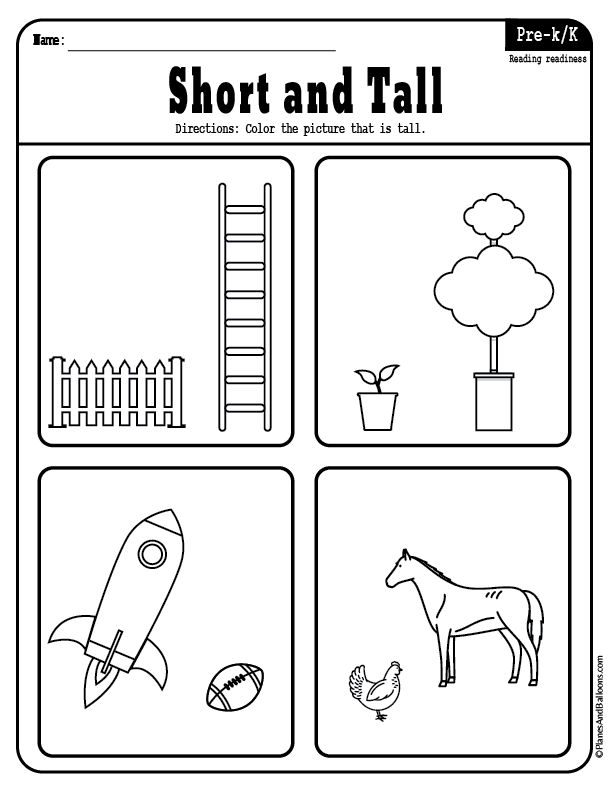 You can read aloud to your child at any time of the day. The more they hear you read, the more they’ll want to learn how to do it themselves!
You can read aloud to your child at any time of the day. The more they hear you read, the more they’ll want to learn how to do it themselves!
This can encourage independence, curiosity, and self-reliance. Not to mention, it’s essential to your child’s reading readiness!
Reread Books Together
Rereading books gives your child a sense of ownership over a book, and rereading favorites will forge a deeper connection between your child and reading and encourage a love of stories.
Rereading is also helpful with the mechanics of reading. Multiple visits to the same book will likely lead your child to pretend to read sections of the book. They may even memorize entire stories, so long as they are short and sweet.
Both of these steps are critical to developing their reading readiness. Before you know it, they’ll be cuddled up on the couch, reading away!
Building Reading Readiness For A Bright Future
There’s no such thing as a “right” way to teach reading. While there are certainly some core concepts to stick to, the power of your child’s reading adventure comes when you both figure out what works best for them.
While there are certainly some core concepts to stick to, the power of your child’s reading adventure comes when you both figure out what works best for them.
If you ever find yourself wanting to change up your routine, look no further than the HOMER Learn & Grow app. It’s thoughtfully designed with your child’s specific interests and needs in mind.
Jam-packed with activities and lessons, our app will help your child get reading ready and prepared for a bright future in no time!
And don’t just take our word for it, read what Honest Brand Reviews has to say about Homer.
Author
14 Things You Should Know About Reading Readiness
Skip to content
This post contains affiliate links for your convenience. View our full disclosure policy here.
As parents and teachers, we often wonder if our children are on track for reading. It is a common belief that once a child has learned letter names and their corresponding sounds they must be ready to learn to read.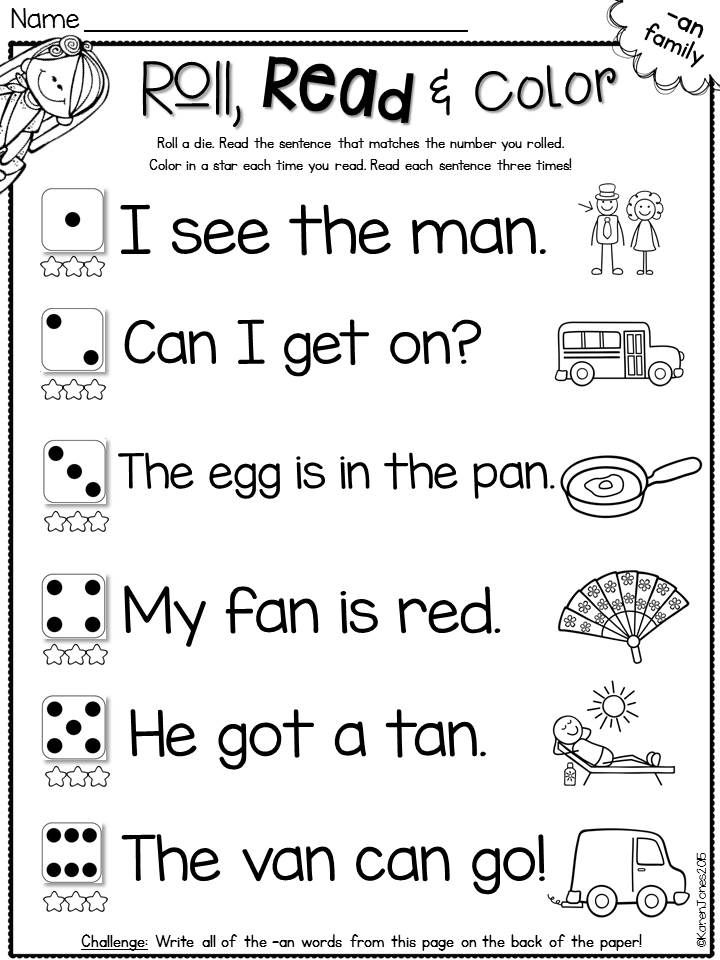 This can be true, but not always. There are many more signs we can refer to when trying to determine if our child is ready to read. Check out these 14 things you should know about reading readiness!
This can be true, but not always. There are many more signs we can refer to when trying to determine if our child is ready to read. Check out these 14 things you should know about reading readiness!
*For even more resources to support early learners, be sure to grab our Emergent Readers MEGA Bundle!
14 Things You Should Know About Reading Readiness
Let me start by sharing that reading readiness isn’t just about literacy skills. Reading readiness actually covers a set of competencies. These are often forgotten about when considering if reading should be the next step of instruction.
4 Competencies to Determine Reading Readiness
- Social Development – Social development is important to reading because children need to know how to take turns, cooperate, and develop self-control before learning to read. This is because a large part of reading instruction involves activities and short discussions where a child needs to have such skills.
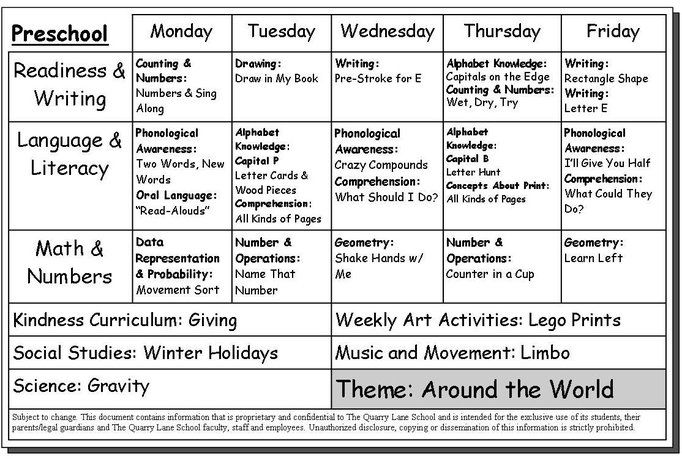
- Emotional Development – Before learning to read, children need to have a good self-concept and an understanding of how they fit into their world.
- Physical Development – Children need to have strong bodies that can support sitting since that tends to be the preferred position for reading a book. Children also need to have the fine motor skills that accompany writing and page turning.
- Cognitive Development – In the case of reading readiness, children need to have a cognitive level where they can both visually and auditorily discriminate between letter shapes and different letter sounds. Visual discrimination includes the ability to see likenesses and differences among letters. For example, being able to differentiate between the letters L and T, a and o, or 6 and 9. Auditory discrimination means that a child can hear the difference between /f/ and /v/ sounds. Or they can hear the difference in ending in the words ‘cap’ and ‘cat’.
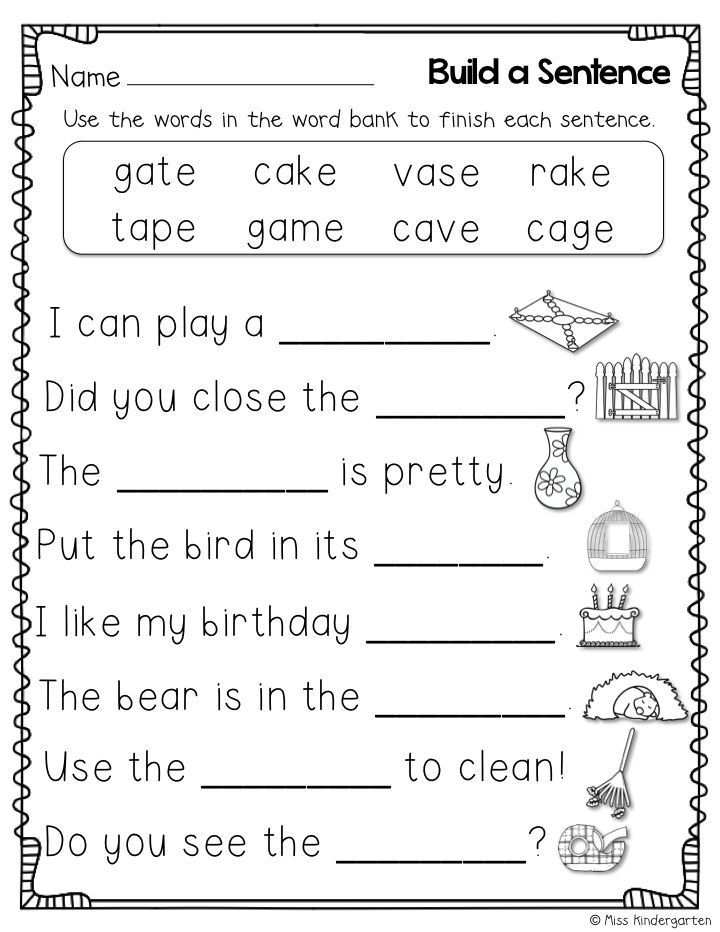
10 Signs of Reading Readiness
The importance of a child’s overall development is not mistakenly very, very important to a child’s success in learning how to read. In fact, if you have a struggling reader, it could be due to the lack of social, emotional, physical, or cognitive development, or the lack of one of the following:
- Your child has an interest. Not even the best reading programs, even those designed specifically for an individual child, can replace an interest in learning to read.
- Your child likes to retell stories. Have you ever noticed your child “reading” a familiar book by reciting memorized words? That is a good thing. So is making up stories during pretend play.
- Your child can read her own name. Children are naturally drawn to their names, and once they get to the point where they can read their own name and differentiate it from others in a group, your child is getting closer to learning how to read.
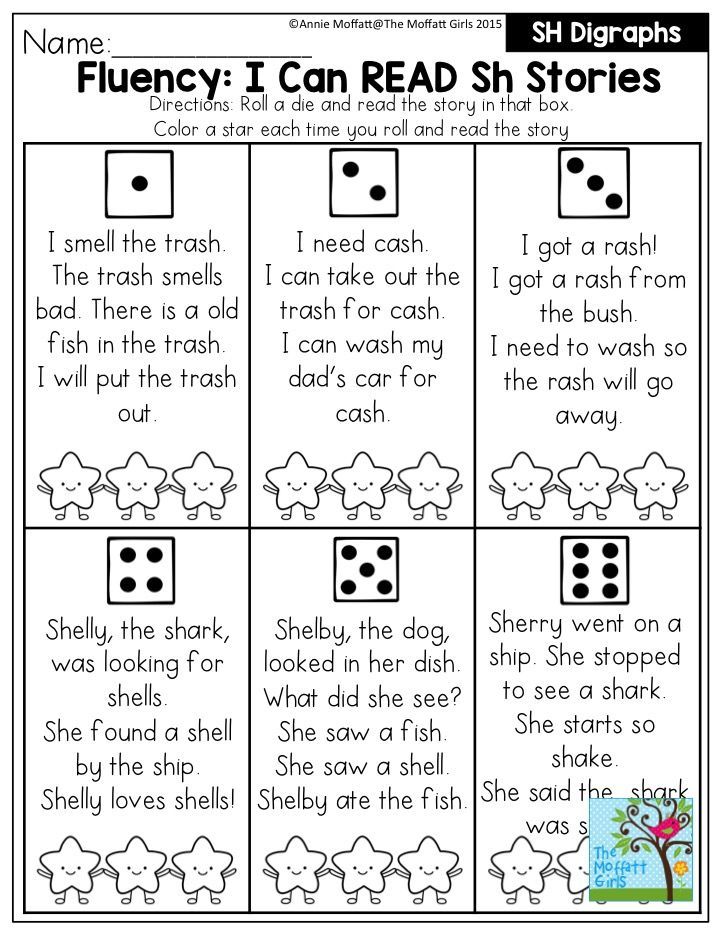
- Your child can play with language by making rhymes. Rhyming is one of the first indicators of reading readiness. This is because much of phonics instruction deals with manipulating language, which also relates heavily to writing.
- Your child knows how to handle a book properly. This means that when offered a book, your child can find the cover and hold it right-side-up. It also means that they understand books are read from left to right and that we only turn one page at a time.
- Your child can hear parts of words (like syllables) and sounds (like /c/ /a/ /t/ in cat) in words. Phonological awareness (like clapping and counting syllables) and phonemic awareness (like hearing each sound in a word) help students when they begin to look at letters and sound out words.
- Your child understands that text has meaning. After all, that is the purpose of reading, to gain information. For example, if a child saw his name written out he understands that name refers to him.
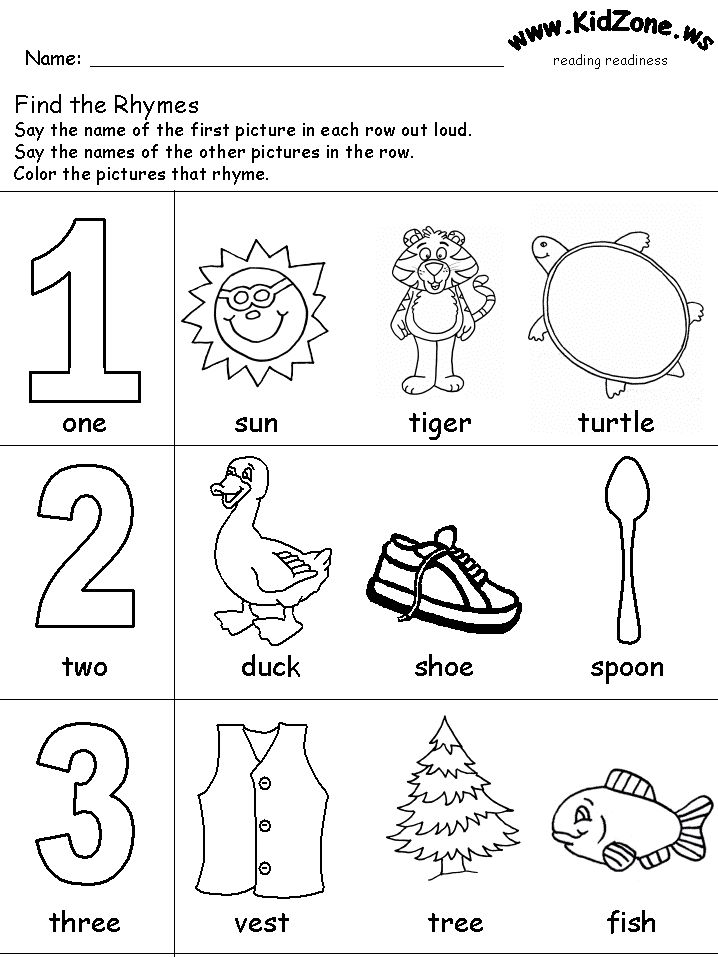 It is not his friend or his favorite snack.
It is not his friend or his favorite snack. - Your child can recite the alphabet. Whether it’s singing the ABC song or just saying each letter from memory, knowing the alphabet is an important step toward reading readiness.
- Your child can identify and name some or all uppercase and lowercase letters. This is important because individual letters make up words to be read and written.
- Your child can correspond some or all letters to their correct sounds. This is necessary for decoding, the act of sounding out words.
- Your child can echo a simple text that is read to them. Doing so demonstrates the child’s understanding of one-to-one correspondence in reading. That means that each word on a page corresponds to a word that is read.
Is Your Child Ready to Read?
Now that’s a great question, isn’t it? While the above may seem like prerequisites for entering kindergarten, do not worry if your child does not do all of those things.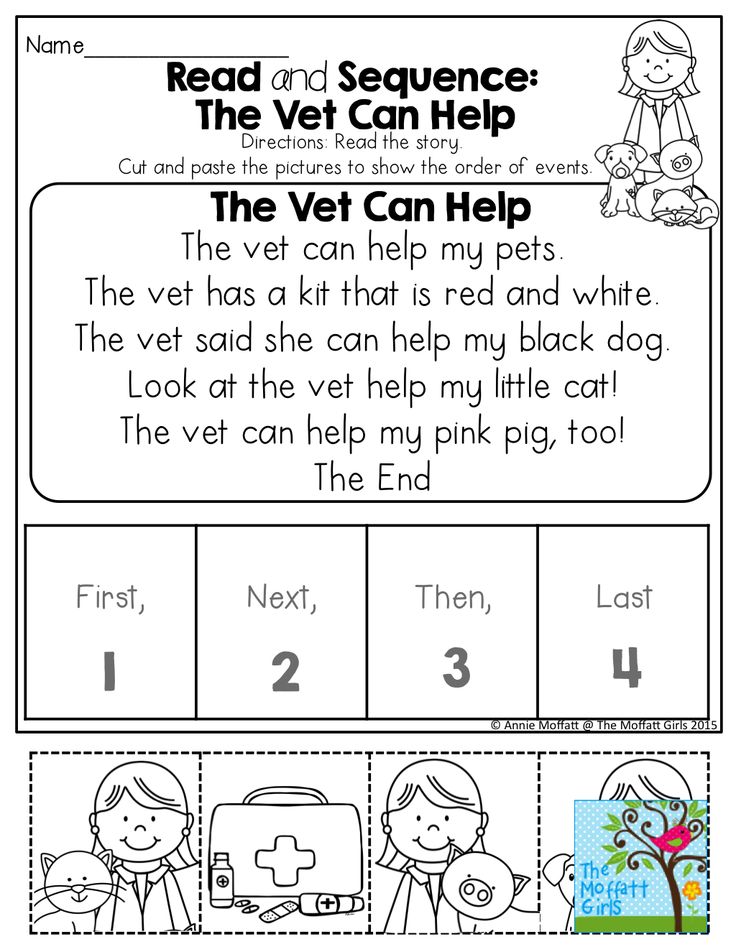 Children enter kindergarten at different stages of development. And a good kindergarten teacher understands the variation and range of abilities entering the classroom. And, kindergarten teachers are trained to optimize student success!
Children enter kindergarten at different stages of development. And a good kindergarten teacher understands the variation and range of abilities entering the classroom. And, kindergarten teachers are trained to optimize student success!
If you find your child has most of the skills mentioned, he may be ready to learn how to read. But don’t be frustrated if it is a slow process or surprised if it is an easy process. Children also learn to read at different rates.
***As we continue to learn about the Science of Reading, we want to be up-to-date so that our articles are research-based. This post has recently been updated to be Science of Reading aligned.***
Guest post by Sarah from Stay at Home Educator
Want unlimited access to even MORE teacher support, activities, and resources?Then be sure you request your invite so that you can be the first to hear when the doors open again for our Print and Play Club!
With instant access to hundreds of printables by topic and skill (no more scouring the internet!), every TKC resource, video lessons, a digital games vault, “Super” Sunday Surprises, and much more – your planning time just got easier.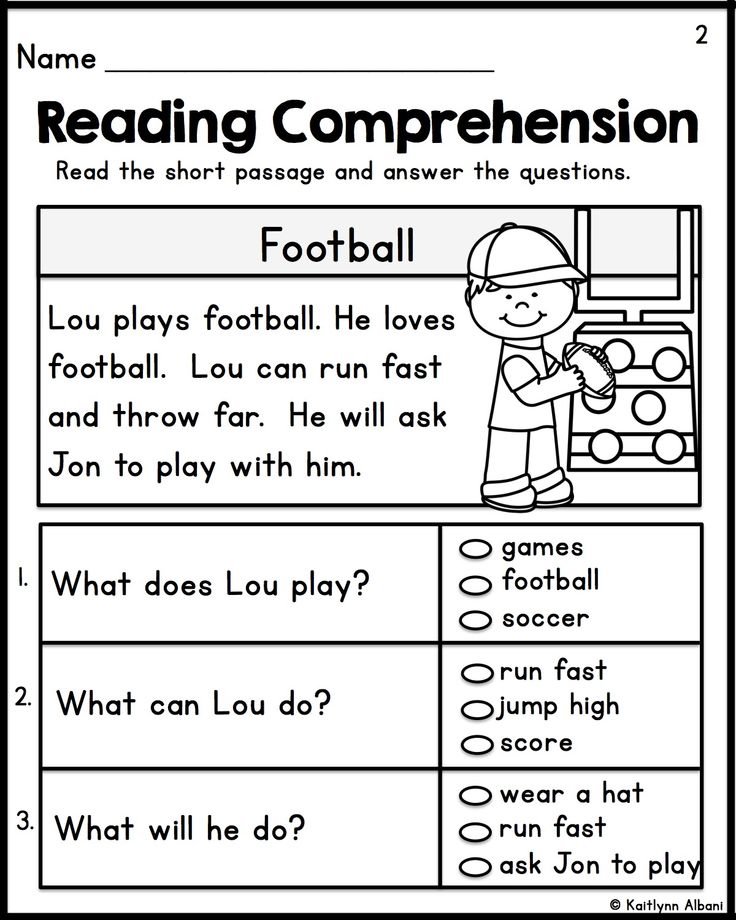
- Author
- Recent Posts
Sarah
Sarah is an educator turned stay at home mother of four. She has taught a wide range of levels, from preschool to college. She blogs at Stay At Home Educator, a website dedicated to providing creative activities and tools for teaching in early childhood. She loves Krav Maga, mountain biking, and cooking. See more over on Stay at Home Educator.
Latest posts by Sarah (see all)
Determine the readiness for reading in a child
Published updated
Content
- 5 Signs to determine the readiness to read your child
- Understanding the existence of the printed word
- Knowledge of letters corresponding to sounds
- Development of phonemic hearing
- Developed listening ability
- Motivation to read
How to determine readiness for reading in a child — 5 main signs that it is time to learn to read, and their detailed disclosure, how and what skills to develop for readiness for reading a child.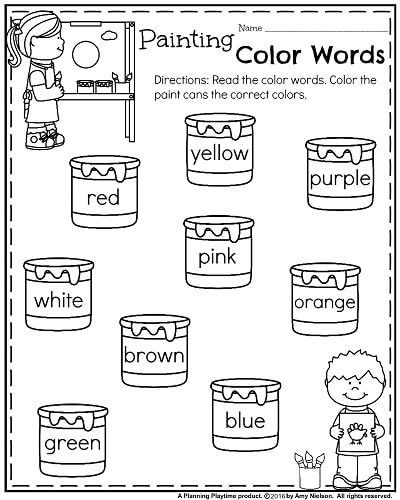
Did you know that your child needs to learn certain skills before you start formal reading instruction? It is very important to get reading readiness skills before starting training.
While most of your child's learning happens naturally and through play, there are some skills, such as reading , that need to be specifically trained and taught in one way or another.
This might seem a bit scary. But if you've taught your child how to put away toys or put on pantyhose, you can teach him to read too!
In this post, you will learn about the skills that fully mastering means readiness for your child to learn to read.
Understanding the existence of the printed word
This is the understanding that the letters on the page are not abstract black bugs, they are words that have meaning and are relevant to spoken language.
To develop this skill:
- Help your child learn how to hold a book correctly.
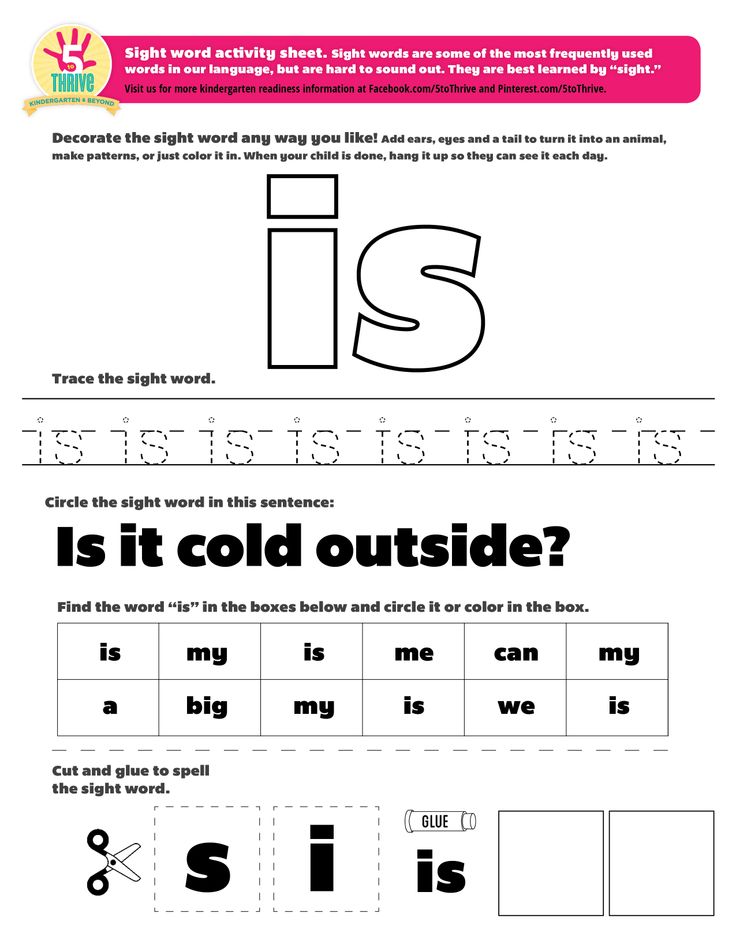
- When you read books together, emphasize the fact that you read from top to bottom and from left to right. Have the child turn the pages.
- While your child is helping you in the kitchen, list the names on the food boxes and jars and the ingredients when you read the recipe.
A set of tasks, templates, manuals, recommendations for preparing a child for the 1st grade at home.
Knowing the letters corresponding to the sounds
Knowing the letters allows the child to recognize the letters of the alphabet and know what sounds they stand for.
To easily develop this skill:
- sing alphabet songs together,
- try to learn exactly the sounds and the symbol corresponding to them, without touching the names of the letters yet,
- buy a magnetic alphabet for the refrigerator,
- use other alphabet toys.
Development of phonemic hearing
Phonemic hearing is the ability to hear and identify different sounds in spoken words.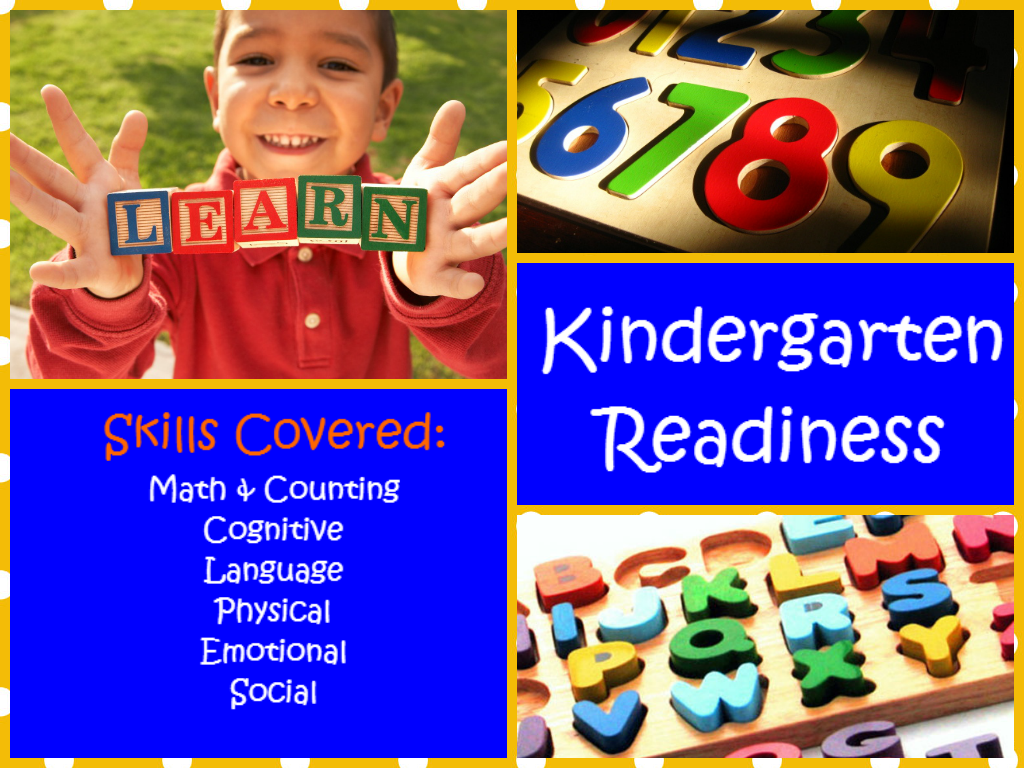
To develop this skill:
- read lots of nursery rhymes and rhyming picture books together,
- encourage the child to match words with rhymes,
- play speech therapy games, for example, determine whether a certain sound is heard at the beginning, at the end or in the middle of a word,
- play word games.
Developed listening ability
In this context, listening is the ability to understand the meaning of words heard and respond to the information received. A child with good listening skills has a large vocabulary and a growing understanding of the world around him.
To develop this skill:
- Read aloud to your children daily. Read books that match your child's interests and he will learn that being able to read is good for him.
- encourage the child's cognitive activity,
- include audio fairy tales and audio programs.
Motivation for reading
Readiness for reading anticipates the child's desire to read independently.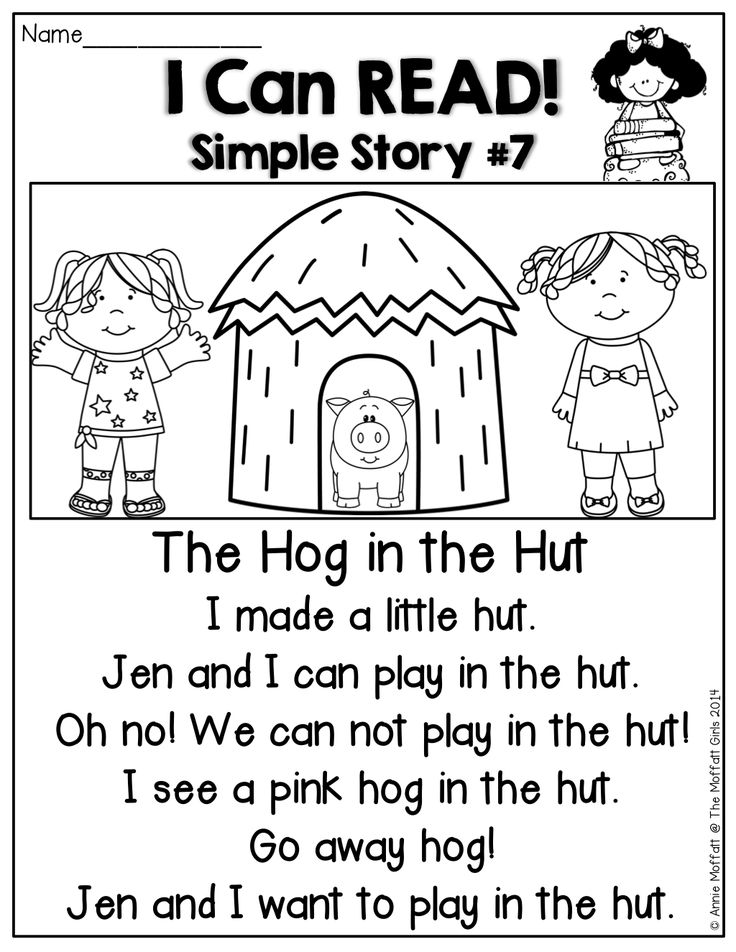 And, perhaps, this is a defining feature, unless the child is 8 years old, and he does not dream of just watching cartoons all day long.
And, perhaps, this is a defining feature, unless the child is 8 years old, and he does not dream of just watching cartoons all day long.
To encourage your child:
- read both fiction and children's non-fiction to your child,
- buy children's periodicals - they are bright and have a lot of short interesting materials.
It is very important to allow children to be children and not to pressurize development and learning too early. But it is certain that most children do not develop reading readiness skills on their own.
Help your children. Preparing to learn to read is enough 15 minutes a day . The time depends on the concentration and ability of your child.
Read every day before bed together, play word games on the way to kindergarten and educational games, play rhymes, do simple crafts, develop motor skills. And that will be enough until school. So you will provide the child with a full-fledged preschool development corresponding to his age.
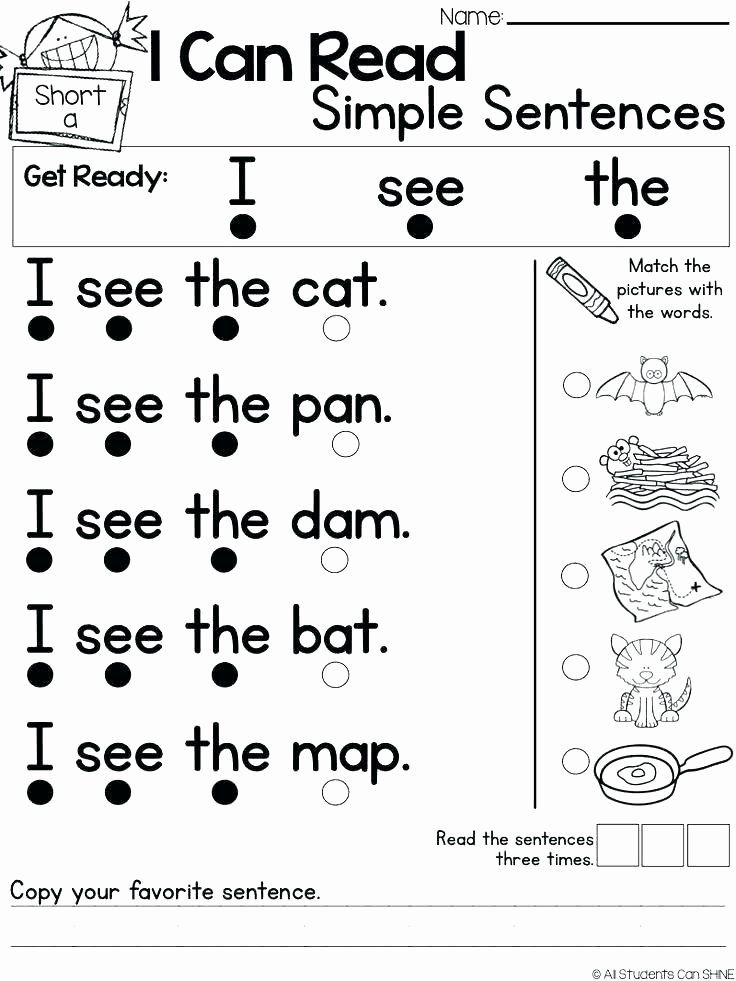
Much of a young child's day should be filled with play and real physical exploration of the world around. Add a dash of daily activities and your child will get a huge takes advantage of when it's time to read.
Education for children of book preparations for the school. Development of a child Learning to Read
( 1 Assessment, average 5 of 5 )
share with friends
90,000 child teaching methodsHow to teach a child's preschool child to read and at the same time not to discourage his desire and interest in reading and books? This is quite possible, but the main thing is that learning to read is not harmful!
We have selected important rules and the most effective methods that will help parents teach their child to read
The main signs of a child's psychological readiness to read
- The child can build sentences and understand the essence of what is said.
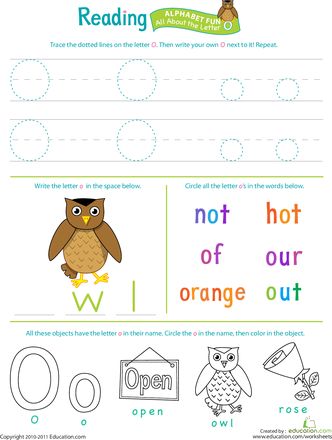
- The child is able to distinguish sounds.
- The child has no speech problems, he can pronounce all sounds.
- The child is easily oriented in directions, the differences are where is the top, where is the bottom, where is the left, where is the right. This is important for learning to read so that the child can read from left to right and from top to bottom.
8 Rules for Teaching Your Child to Read
1. Lead by Example
Instill in your child a love of books by example. Read for yourself, and your child, in his desire to imitate his parents, will reach for the book himself. Read books to your child and look at the pictures together, asking questions like: "Who is shown in the picture?", "Where is the dog's tail or ears?"
2. From simple to complex
Start learning to read with sounds, gradually moving to reading by syllables. Let at first it will be repeated syllables - ma-ma, pa-pa, uncle-dya.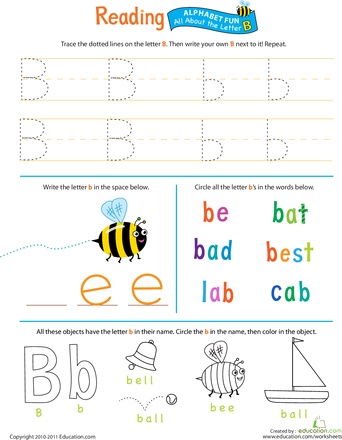 This is followed by more complex syllables, for example, to-k, do-m, lu-k, ko-t, ro-t.
This is followed by more complex syllables, for example, to-k, do-m, lu-k, ko-t, ro-t.
3. Looking for letters
When you go out for a walk, you can play a game with letters. Ask your child to point to a familiar letter on store signs or billboards.
4. Play with blocks
Learn letters with your child in a playful way. For example, this will require cubes with letters or syllables. Ask them to put together short words. You can also ask your child to read store signs or labels on packages.
5. Practice every step of the way
It is not necessary to choose a time for reading. This can also be done while waiting for your turn to see a doctor or during a trip. Make it a rule to take a book with you everywhere and, if possible, invite your child to read together.
6. Consolidation of acquired knowledge
Go back and practice on it again and again. And you can also look for the same hero in different fairy tales, for example, the same runaway bunny.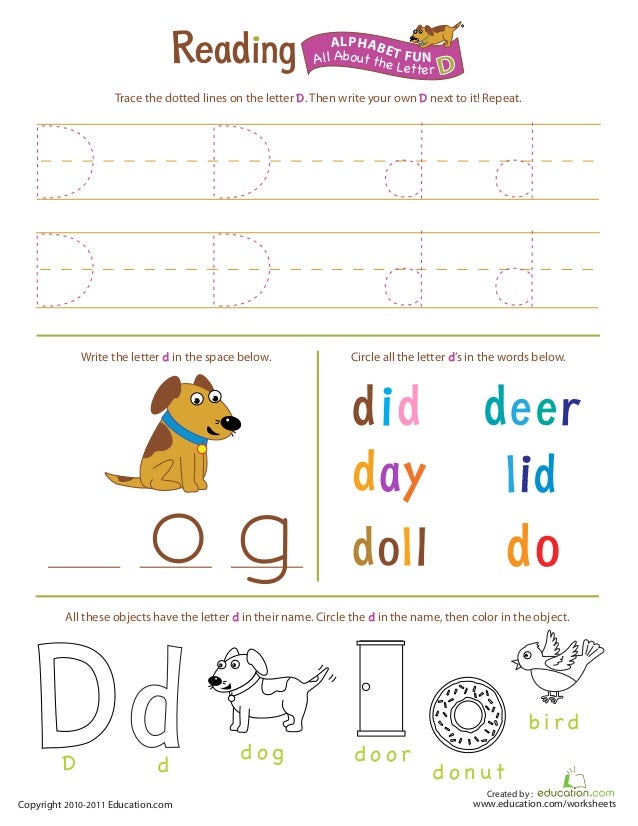
7. Do not force!
The child should awaken the desire to learn to read. But if you force him to do it by force, through tears, then you should not expect good results from this. So you will only discourage the child's desire for knowledge.
6 time-tested methods of teaching reading
Primers and ABCs
Learning to read using primers and alphabets is a classic option, but also the longest. According to the primer, the child learns to sequentially combine sounds into syllables, and build words from syllables. This process takes time, perseverance from the child and patience from the parent. Of the large number of authors, one should pay attention to the books of Nadezhda Betenkova, Vyacheslav Goretsky, Dmitry Fonin, Natalia Pavlova. According to these primers, you can prepare a child for school, as well as take them in the first grade directly at school.
Many parents note that Nadezhda Zhukova's primer presents the most understandable method of teaching reading.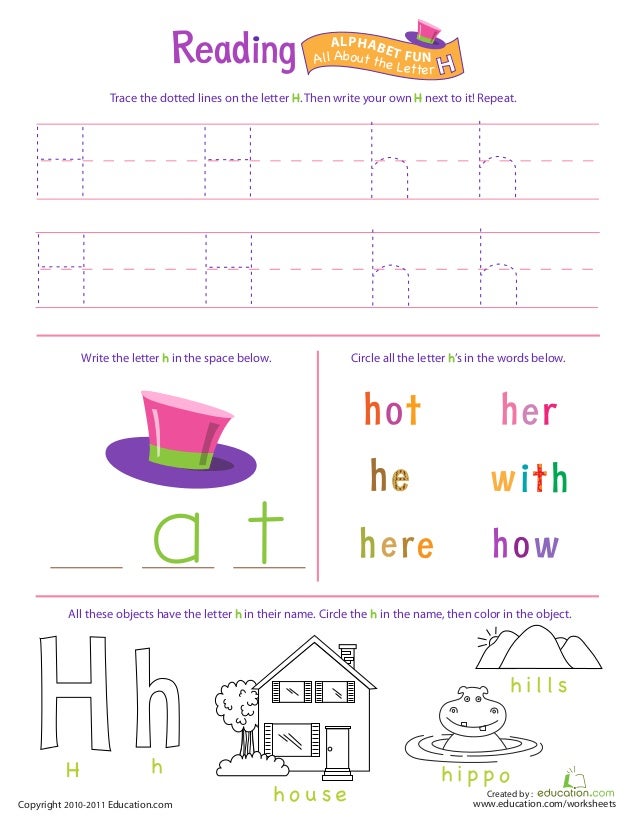 The author teaches children to immediately read syllables, for example, ma-ma, and not individual letters em - a - em - a.
The author teaches children to immediately read syllables, for example, ma-ma, and not individual letters em - a - em - a.
Zaitsev's cubes
52 Zaitsev's cubes enables the child to learn both individual letters and combinations of consonants and vowels, consonants with a hard or soft sign. More cubes have different sizes. So hard syllables are depicted on large cubes, while soft syllables are depicted on small ones. Also, with the help of these cubes, the child will learn to distinguish between voiceless and voiced sounds. So the cubes, with deaf consonants depicted on them, are filled with pieces of wood, and with voiced ones - with metal.
"Skladushki" by Vyacheslav Voskobovich
The author of this idea, Vyacheslav Voskobovich, improved Zaitsev's technique. So in his method of teaching reading, 21 cards are presented with all the warehouses of the Russian language, accompanied by thematic pictures. "Folders" is a great option for those children who like to look at pictures.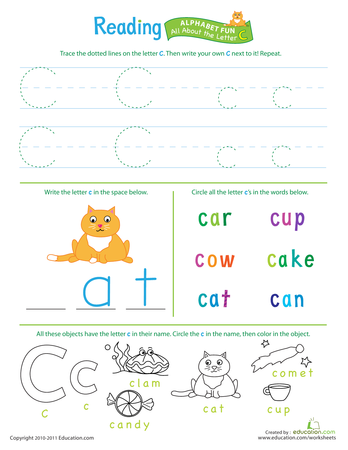 And for parents, this is an opportunity for a kind of interactive with the child. For example, you can ask questions: "Where is the kitten?", "What is the puppy doing?", "What season is in the picture?", "What are the children doing?"
And for parents, this is an opportunity for a kind of interactive with the child. For example, you can ask questions: "Where is the kitten?", "What is the puppy doing?", "What season is in the picture?", "What are the children doing?"
Evgeny Chaplygin's Dynamic Blocks
This reading technique consists of 10 blocks and 10 dynamic blocks, each of which in turn consists of a consonant and a vowel. The task of the child is to twist the cubes to find a pair.
First, the child learns to form words from repeated syllables, for example, ma-ma. With the help of this technique, the child quickly remembers the shape of the letters, and after that the search for familiar syllables develops into a game.
Glenn Doman cards
Glenn Doman is an American doctor who proposed a method for teaching children not individual letters or even syllables, but whole words. The set includes cards with words drawn on them. Parents show the card for 1-2 seconds and say the word.